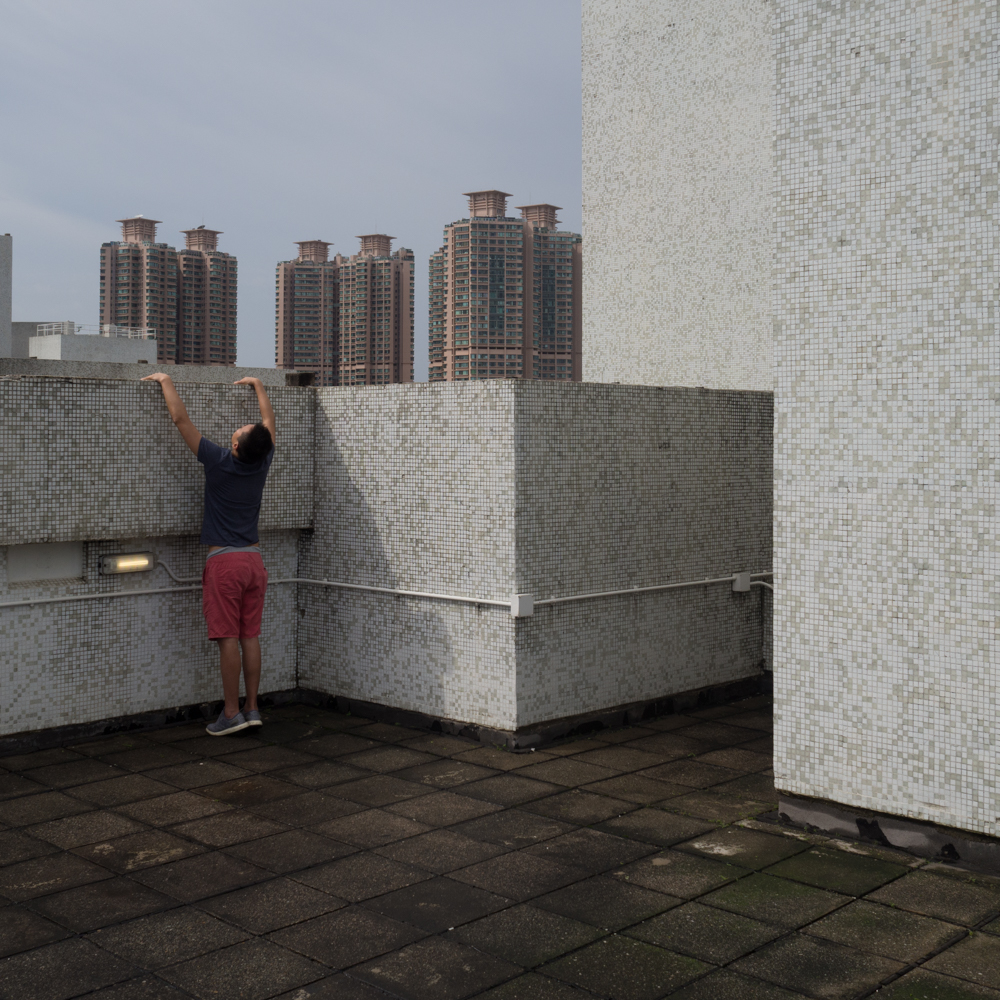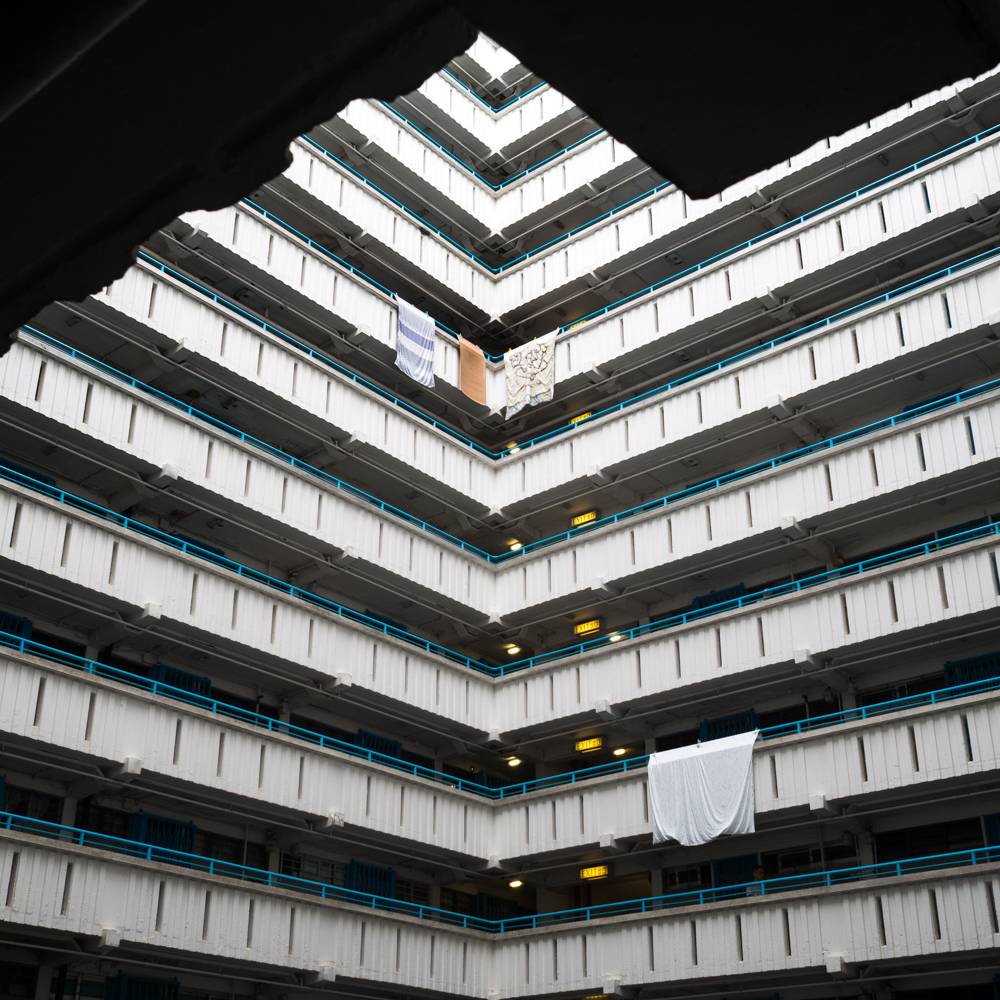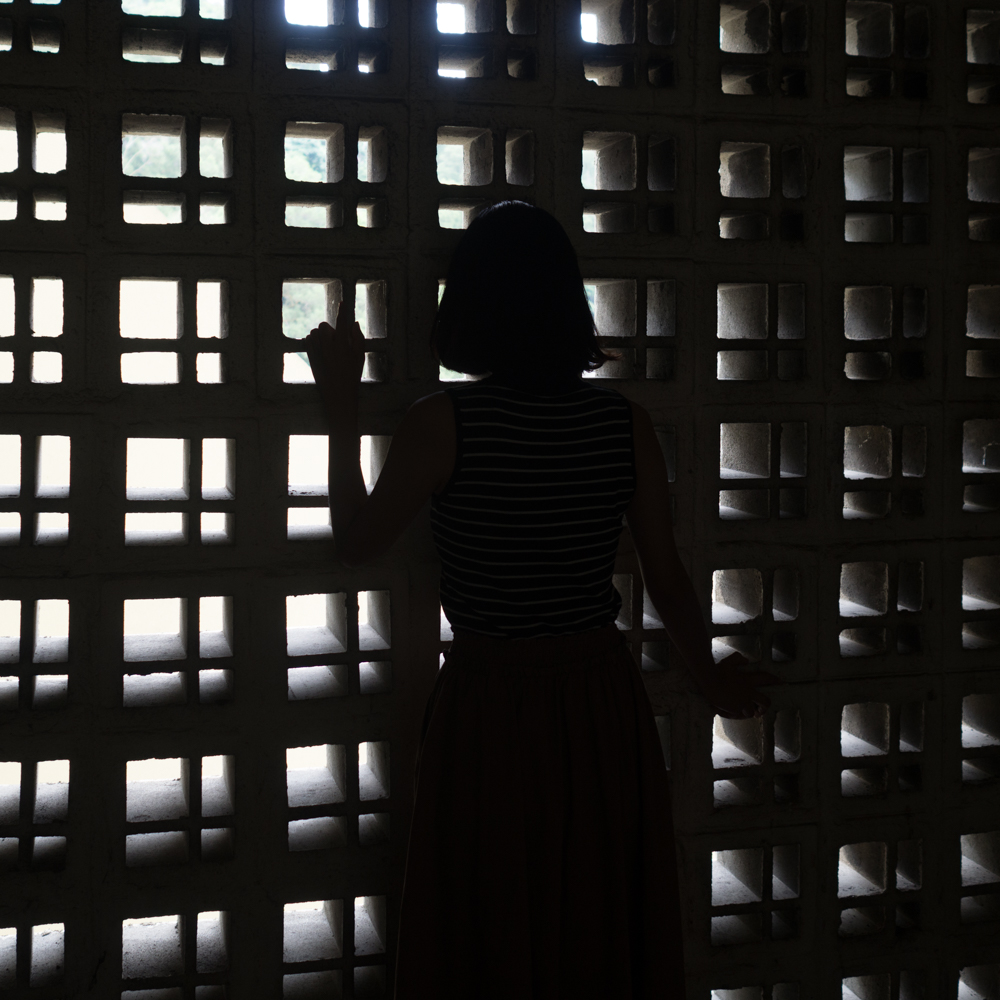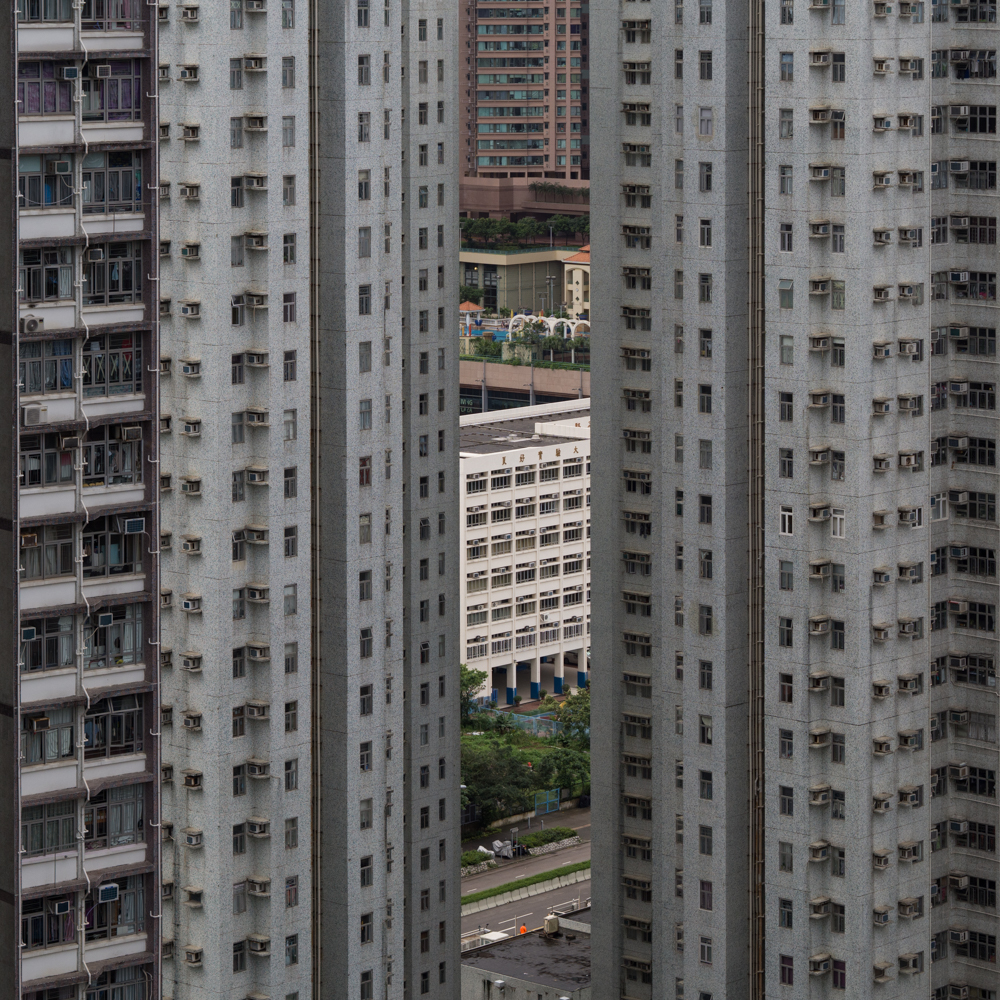On 25 December 1953, an enormous blaze destroyed a shantytown in Hong Kong’s Shek Kip Mei district where thousands of immigrants from Mainland China had found refuge. More than 50,000 people were left without a home. The colonial government reacted with a massive construction effort: the fire became the starting point of the city’s public housing programme – one of the largest of its kind.
Public housing has become the preferred form of living in Hong Kong, with nearly half of the population residing in some sort of governmentally-supported home. The main reason is of economic nature: private developments are simply too expensive for ordinary citizens, given property prices that are amongst the highest in the world.
The role of the government is two-edged: on the one hand, there is pressure to alleviate the effects of the exorbitant prices and to provide more public housing. On the other hand, the city itself is a landlord and benefits from the sale of plots at high prices…
The series is part of a book project about public housing in four cities on four continents: Berlin, Havana, Hong Kong and Zanzibar.
amateur category
Would someone find me a place called home? - Public housing in Hong Kong (Series)
DESCRIPTION
AUTHOR
Christoph Montebelli is a German and Austrian photography artist and writer working between Europe and Africa. He holds degrees from the universities of Rome and Yale, where he studied as a Fulbright scholar. His photographic work, which explores the visual impact of urbanisation and globalisation, in particular in Africa and the Mediterranean, has been exhibited amongst others in London, Casablanca and Berlin.
back to gallery







